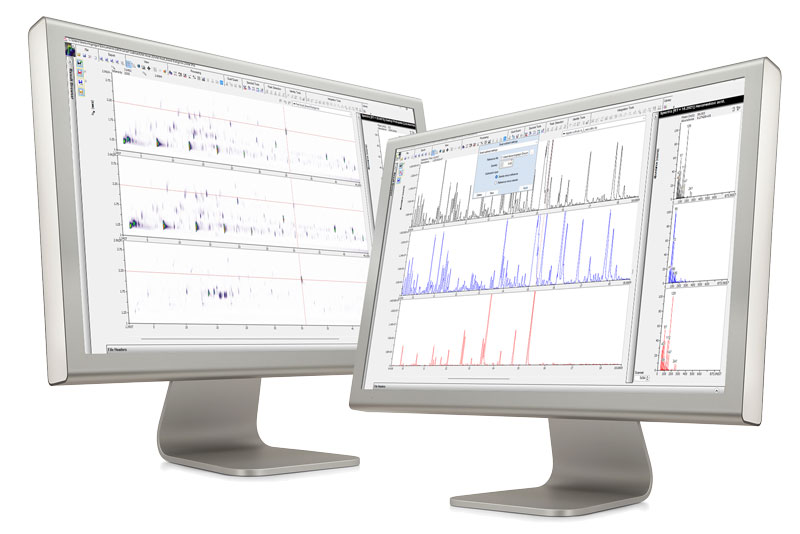

SepSolve Analytical has been named a winner in The Analytical Scientist Innovation Awards 2025 for Smart Subtract, a probability-based chromatogram subtraction tool that accelerates confident decision-making in GC–MS and GC×GC–MS workflows.
Smart Subtract uses a probability-driven approach to reveal meaningful differences between chromatograms. By suppressing minor fluctuations, it generates clean subtracted chromatograms that highlight only significant changes while retaining spectral information for downstream processing, such as library searching and reporting. Designed for flexibility, Smart Subtract can handle data files from a variety of analytical systems, allowing it to be applied across different laboratory setups. The software supports fast, informed decision-making in sectors such as petrochemicals, flavours and fragrances, and recycling, where immediate detection of contaminants, off-odours or formulation deviations is critical.


Pete Grosshans, Principal Scientist at SepSolve Analytical, leads the company’s algorithm development and explains the technical challenge: “Direct, or naïve, subtraction of two chromatographic datafiles never gives the straightforward results we expect. To generate meaningful subtractions, we had to understand and overcome the mechanisms that cause subtraction to fail. In practice, naïve subtraction is dominated by small relative differences between intense chromatographic peaks rather than highlighting the larger, more significant differences between less intense peaks – precisely the insights analysts need.”
Using experience gained during the development ChromCompare+,SepSolve’s chemometrics platform, the team applied advanced signal-processing and statistical methods to improve chromatogram interpretation. Early prototypes already produced simplified chromatograms and high-quality mass spectra. Close collaboration with beta testers – including researchers from major chemical companies – ensured the software met both analytical and business needs, from data clarity through to reporting.
Reflecting the panel’s assessment of this approach, one judge described Smart Subtract as “smart use of AI technology”, recognising its contribution to faster, better-supported decision-making in the lab.
Looking ahead, the development team is exploring how the underlying algorithms could be adapted beyond GC–MS, extending the benefits of probability-based subtraction across a broader range of analytical platforms.


